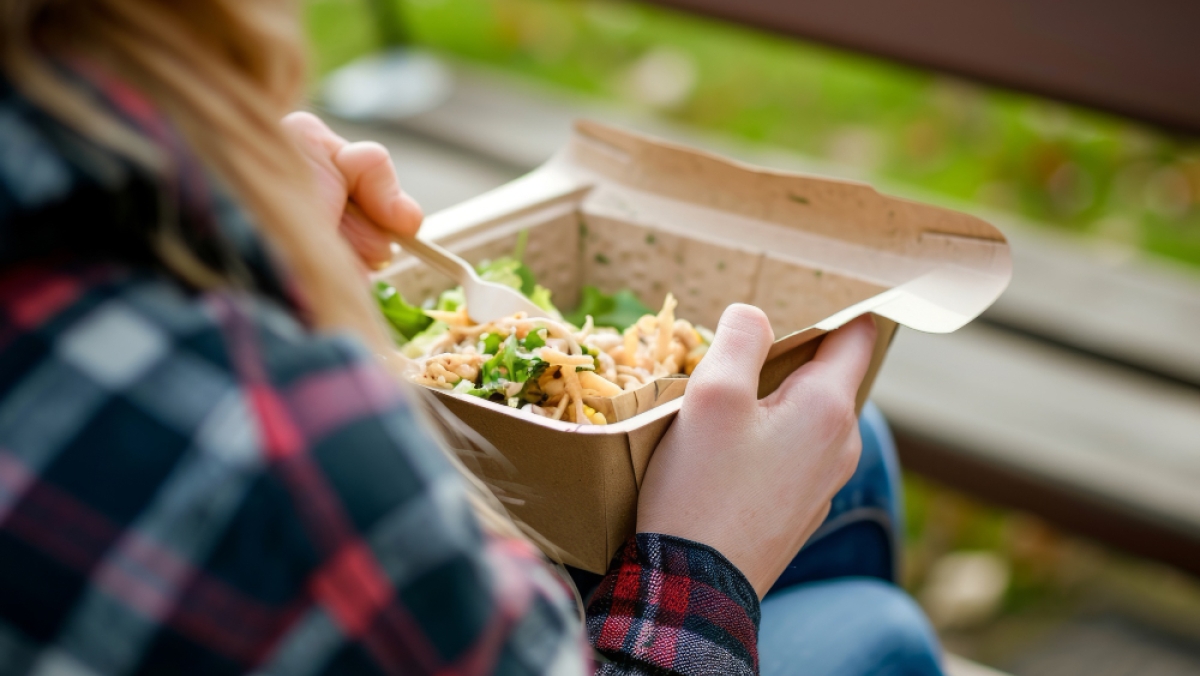How does paper food packaging compare to plastic?
Many of us have become big fans of takeaway.
But the convenience comes with a downside: the amount of non-recyclable plastic packaging it entails. 360 million tonnes of plastic waste are generated annually. The food industry is contributing significantly to it.
Increasing numbers of food and beverage retailers are switching to paper-based packaging in order to reduce their environmental impact and appeal to sustainably-minded consumers. But beyond its environmental credentials, how does paper compare to plastic from a performance perspective?

The barrier properties of paper
Over the past few years, paper and cardboard packaging has come on in leaps and bounds. Corrugated cardboard, for example, is frequently used for transportation of fruits and vegetables, and its easy recyclability discourages reuse, making it a hygienic option for fresh produce.
However, when it comes to liquid or powdered products, or food that needs to be kept warm (i.e takeaway), paper packaging solutions are usually laminated with aluminium or plastic. This provides them with barrier properties against moisture, vapour, oxygen or contaminants, but also compromises their recyclability: composite materials need to be separated before recycling, an energy-intensive process not available everywhere. This can lead to “wishcycling”, when people put something in the recycling bin in the hope it will be recycled, even when there is little reason to think so.
Metallised paper-based packaging solutions offer the best of both worlds. Metallized paper offers comparable barrier properties to composite products containing plastics or foils with far superior recyclability. Metallized paper, which is vaporised with a microscopically thin layer of aluminium that doesn’t fundamentally alter the nature of its base layer, can be recycled alongside plain paper. This means neither consumers nor brands need to choose between sustainability and performance.